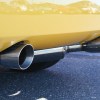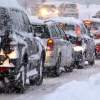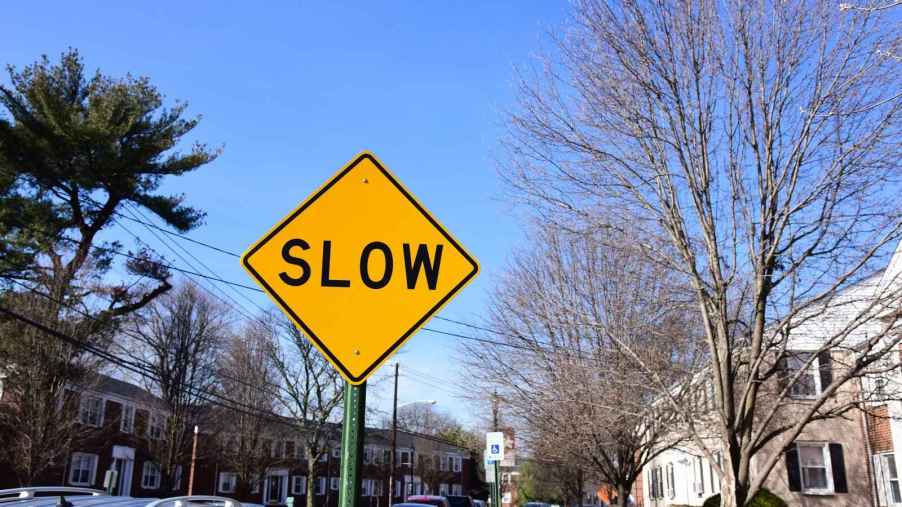
AAA Warns About ‘Spillover Speeding’ Dangers, Locals Near Freeways Most at Risk
Today, AAA released new research confirming a suspected phenomenon caused by increasing posted freeway speed limits. In this report, it’s not the drivers who are the focus, but the surrounding locals. The AAA Foundation worked to determine how increased speed limits affect nearby residential zones. After all, locals might not have any say in the decision to up the posted speed. The findings indeed confirmed the concern, but there are solutions to address the increase in danger to streets close to the freeway.
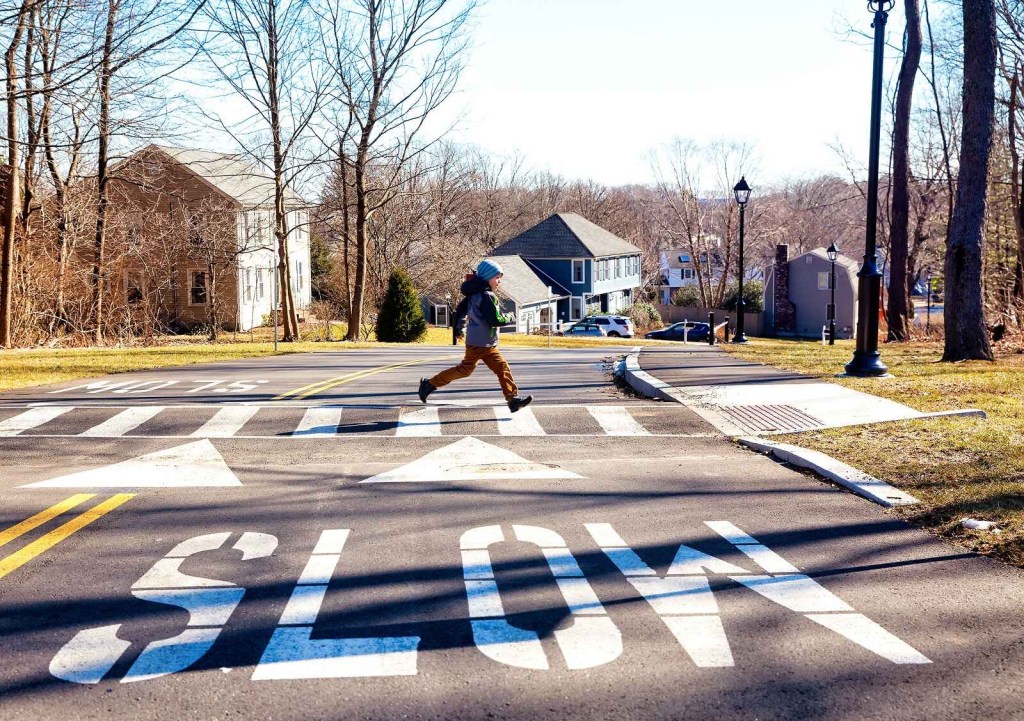
“Spillover speeding” occurs when a local community suffers increased danger from a nearby freeway with a recently increased speed limit. An infographic below shows an overhead map of the effect. AAA researchers found many instances in Georgia, Michigan, and Oregon of nearby speed-related crashes. The crashes were measured within a one-mile radius of freeways that were recently granted an increased speed limit. There was a measurable bump in crashes after the limit increases compared to before.
This is a clear indication of spillover speeding. In a word, freeway drivers simply failed to slow down enough to navigate safely through proximate streets.
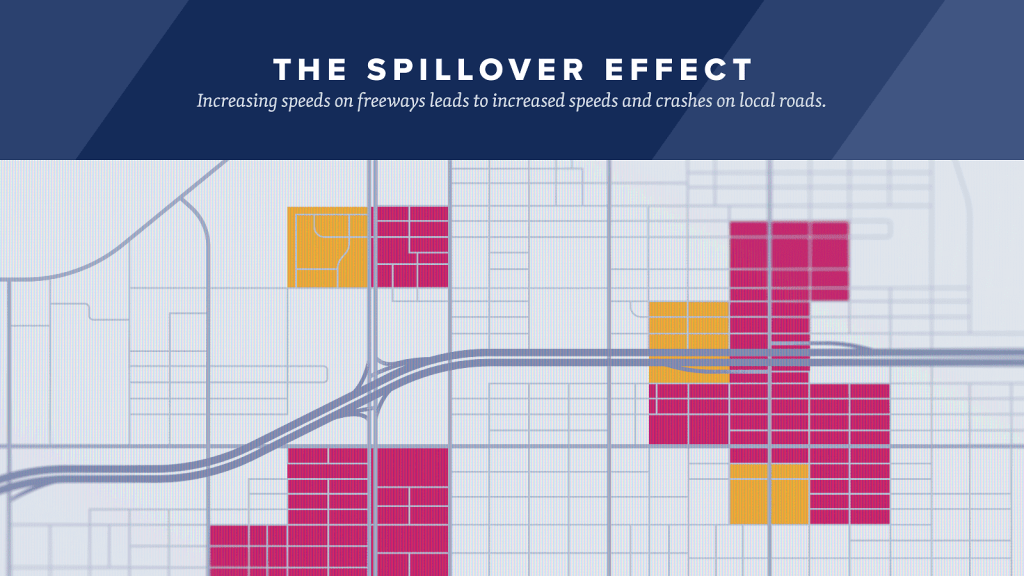
AAA warns of spillover speeding and recommends several solutions
“Local streets around our homes are designed for slower speeds and diverse road users such as pedestrians and cyclists—not for speeding drivers,” says Dr. David Yang, president and executive director of the AAA Foundation.
While decision-makers might increase freeway speeds to help with the general flow of highway traffic, there is little proof of decreased travel times. This goes for decreased or increased speed limits. Yang encourages officials to consider how raising freeway speed limits affects homes near exit ramps.
“Increasing posted speed limits on freeways may improve traffic flow but could also lead to safety concerns in adjacent communities once speeding drivers proceed to neighboring roadways,” he explains in the AAA press release.
AAA provides multiple solutions for the problem:
- Public awareness campaigns focused on the riskiest drivers
- Technology that is equitably placed, like automated speed enforcement and screening tools
- Road redesign, including narrower lanes, speed humps, roadway landscaping, and curb extensions
Whatever ways communities near freeways handle spillover speeding, the research should remind all drivers to slow down to posted limits after exiting the highway.
